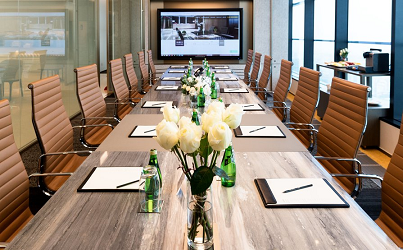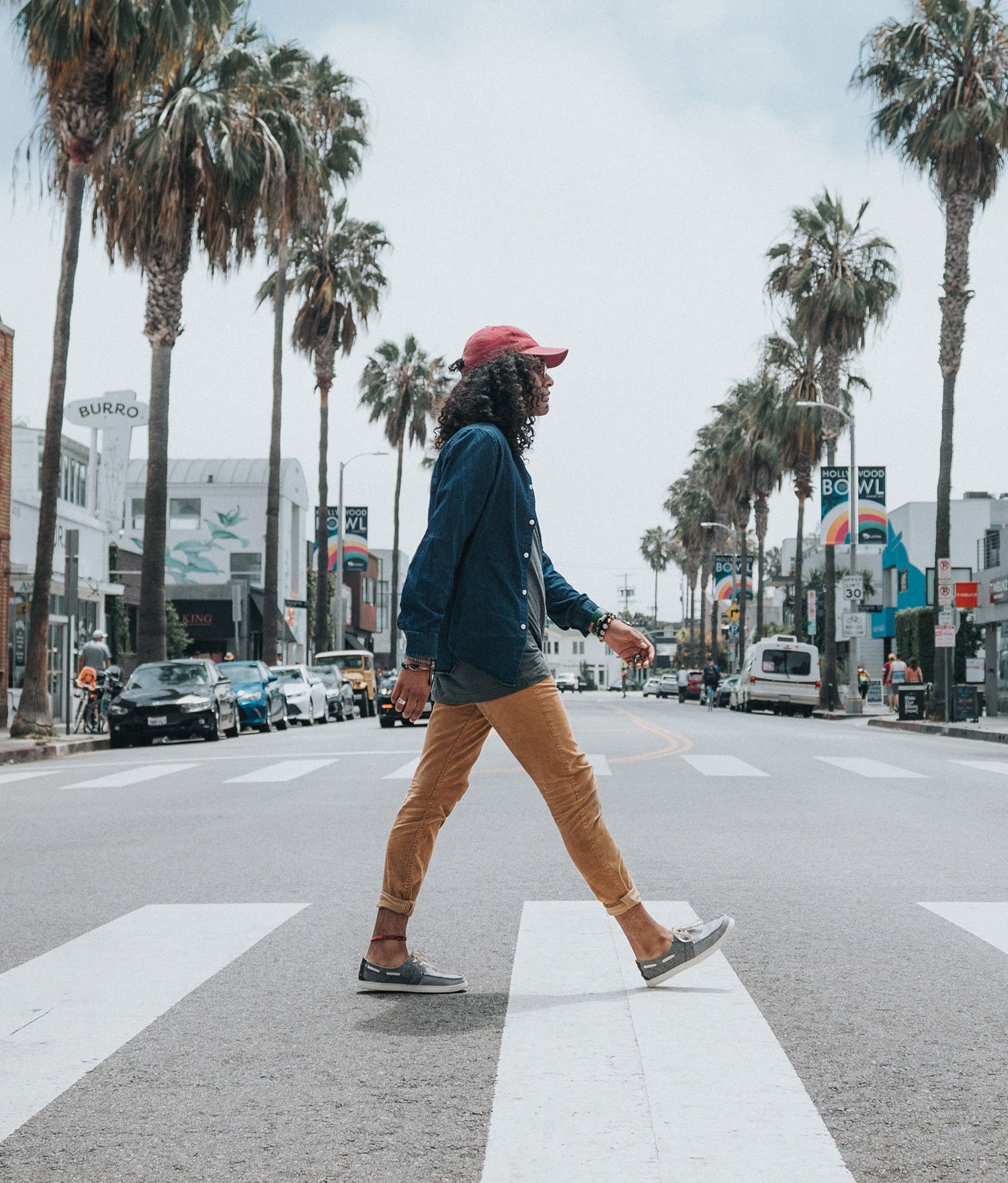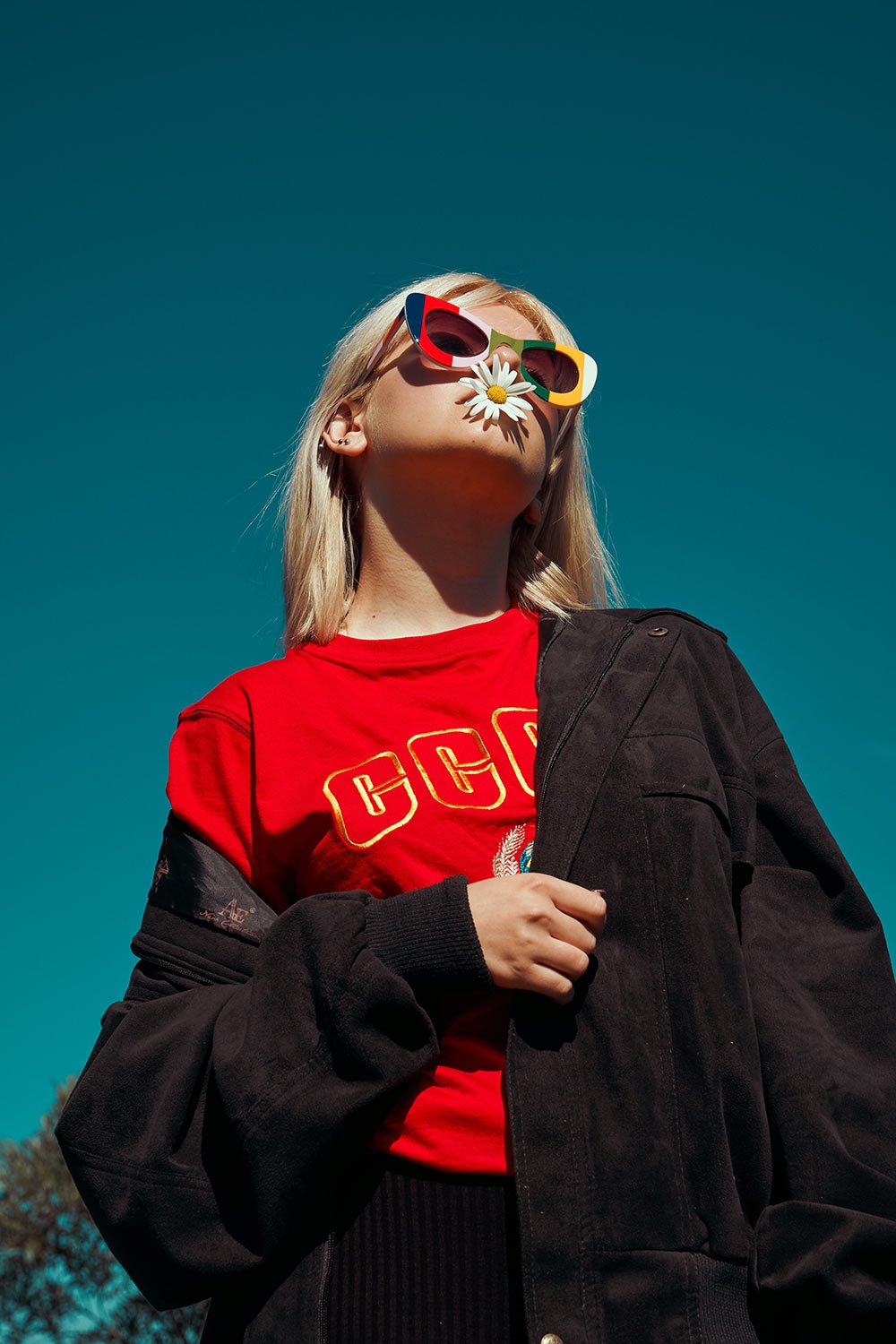Cultural Influences on Fashion: Exploring Diversity in Diploma Programs

Style is a general language, yet its tongues fluctuate across societies, reflecting remarkable customs, convictions, and feel. In the present interconnected world, the impact of different societies on design has never been more articulated. Hopeful style planners leaving on an excursion through diploma in fashion designing programs have the potential chance to investigate these rich social woven artworks. This article digs into the meaning of social effects on style inside confirmation programs, featuring how variety upgrades the instructive experience and encourages inventiveness.
The Intersection of Culture and Fashion:
Culture fills in as a wellspring of motivation for style originators, molding patterns, outlines, and materials. From the dynamic shades of Indian saris to the moderate style of Japanese kimono, social impacts penetrate each part of design. Recognition in style planning programs perceive the significance of understanding these different social references, empowering understudies to draw motivation from worldwide legacy while developing their own plan character.
Types of Fashion Designing Courses: Nurturing Cultural Awareness
Historical and Cultural Studies:
- Confirmation programs frequently incorporate courses that investigate the verifiable and social settings of design. By concentrating on the development of dress practices across various civilizations, understudies gain a more profound appreciation for the different social impacts on style. From old Egyptian articles of clothing to contemporary streetwear, these courses give priceless experiences into the interconnectedness of culture and style.
Textile and Fabric Design:
- Materials assume a crucial part in reflecting social characters and customs. Courses in material and texture configuration open understudies to a large number of materials, strategies, and themes from around the world. Through active undertakings and examination tasks, understudies figure out how to integrate social components into their plans, whether through customary winding around designs, weaving strategies, or native coloring techniques.
- Worldwide Style:
- In the present globalized design scene, patterns rise above borders, impacted by a horde of social sources. Confirmation programs frequently incorporate courses that examine worldwide style, featuring the commitments of various societies to the always developing design industry. By keeping up to date with worldwide style developments, understudies figure out how to adjust and advance while regarding social variety and legacy.
Exploring Cultural Diversity: Case Studies
How about we look at how social impacts are coordinated into recognition in style planning programs through two contextual analyses:
Traditional Costume Revival:
- In a diploma program focused on costume design, students embark on a project to revive traditional costumes from diverse cultures. Through research and practical experimentation, they explegend the authentic importance and craftsmanship behind pieces of clothing, for example, the Chinese qipao, the Nigerian agbada, or the Scottish kilt. By reworking these customary ensembles for contemporary crowds, understudies give recognition to social legacy while displaying their plan abilities.
- Manageable Style Ethnography:
- For another situation, understudies in a supportable style course embrace an ethnographic investigation of native networks known for their eco-accommodating practices. Through hands on work and meetings, they find out about customary material creation strategies, normal coloring methods, and zero-squander standards utilized by societies like the Maasai in Kenya or the Ainu in Japan. Enlivened by these maintainable practices, understudies foster earth cognizant style assortments that celebrate social variety and advance moral design.
Conclusion:
All in all, social impacts are a main impetus behind the rich embroidery of design, molding patterns, strategies, and personalities. Confirmation in style planning programs assume a pivotal part in sustaining social mindfulness and appreciation among trying creators, enabling them to make significant and comprehensive design articulations. By embracing variety and drawing motivation from worldwide legacy, future style pioneers can fashion a more interconnected and socially rich industry that commends the excellence of contrast.
Read also more blog.












